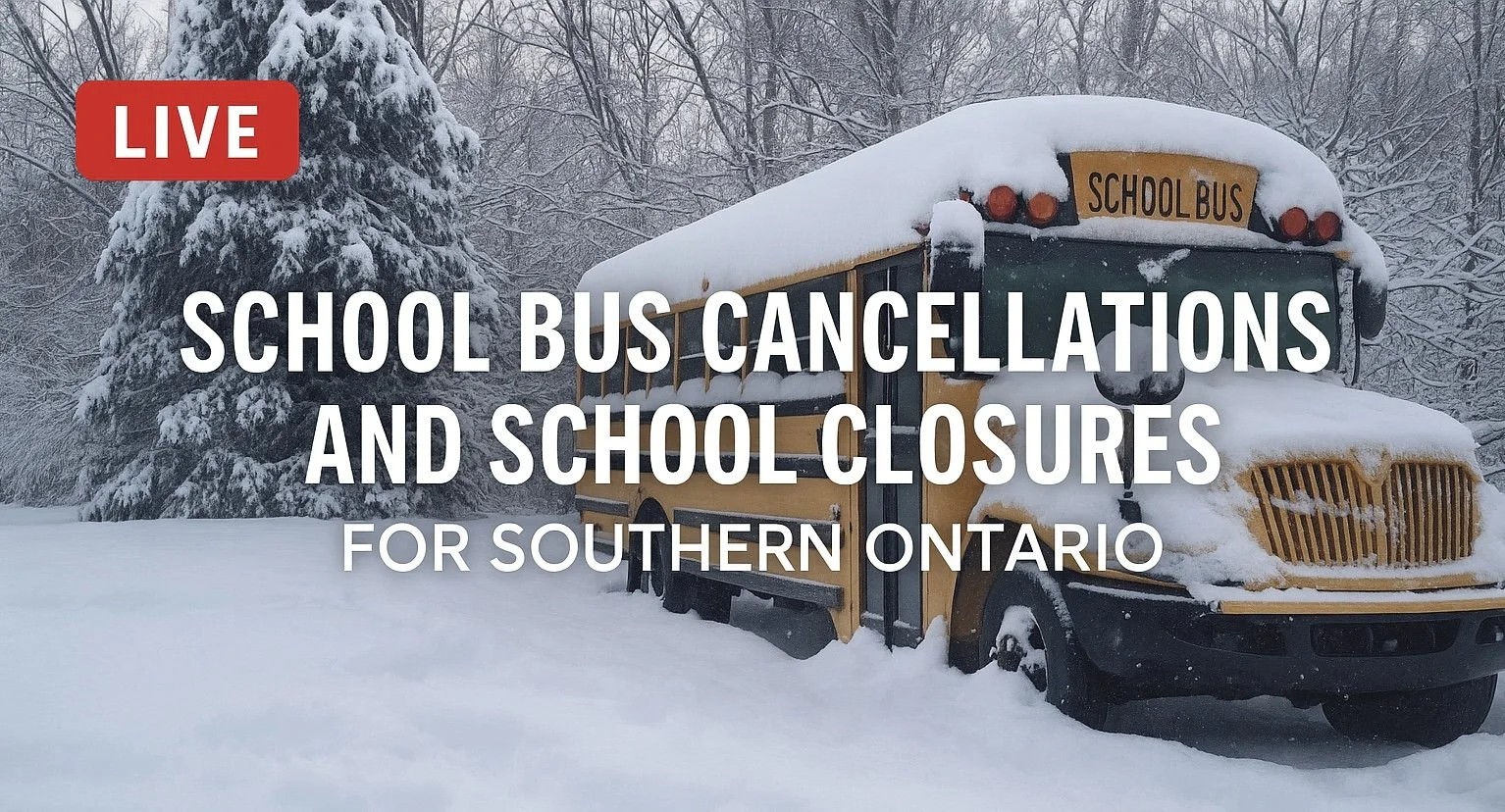One Last Pre-Holiday Blast of Winter Could Make Travel Difficult in the Maritimes with up to 30cm of Snow
/There’s more snow on the way for the Maritimes following the storm over the weekend. The next system that will hit tomorrow, Christmas Eve, and continue into Christmas morning, will once again negatively impact the holiday travel plans for many across the region.
New Brunswick
The snow will start to push into Western New Brunswick around midnight tonight and spread eastward across the province before sunrise tomorrow. By that point, the snow will already have tapered of in the Northwest, leading to less than 5cm of accumulation in this area. As we progress through the morning, the snow will start to gradually diminish across western parts of Northern and Central New Brunswick as the system tracks southeastward.
Meanwhile, a bit of intensification is expected, leading to much of the province receiving over 10cm of snow by the end of the day. Pockets of particularly heavy snow are likely through the afternoon along the Fundy Coast, with the snow falling at up to 5cm/hr. This is expected to bring snowfall totals to over 20cm for this area, including Saint John, and over 30cm locally in areas of higher elevation.
The system will continue tracking southeastward across the province throughout the afternoon and early evening, at which time the entire system starts to fall apart. This will lead to scattered flurries lingering overnight and the early morning in Southeast New Brunswick.
Prince Edward Island
The snow will start in PEI a couple of hours before sunrise in Prince County, spreading across the rest of the Island throughout the morning and into the early afternoon. By the time the snow reaches the eastern edge of Kings County in the mid to late afternoon, this area will see snowfall for only a few hours before the system starts to break down. As a result, this area can expect less than 5cm of snow while the rest of the Island will receive upwards of 10cm.
There could be some lingering flurries for PEI overnight and into Christmas morning, but these will only add on another centimetre or two to the final snowfall totals.
Model run showing Snow (Blue) and Rain (green) at 4pM on Tuesday December 24th
Nova Scotia
The snow will make its way into both Northern and Western Nova Scotia from the northwest starting in the early morning before sunrise. It will push deeper across the province through the morning and early afternoon, but it is not expected to cross very far into Cape Breton, if at all. Isolated flurries can’t be completely ruled out here so our forecast is for up to 2cm of snow for this area.
The temperatures will rise throughout the day with the arrival of the storm and will climb above freezing in parts of Western Nova Scotia. Those living inland will see temperatures of 1°C, resulting in the buildup of heavier, wet snow. On the other hand, coastal communities in Yarmouth, Shelburne, and Queens Counties are expected to get up to 3°C and the snow will transition to rain, limiting overall snowfall totals to 5-10cm.
In the evening, the system will fall apart, leading to pockets of precipitation occurring across the Mainland for a few hours. Later into the evening and overnight, the snow is expected to persist over Western Nova Scotia and with temperatures remaining a degree or two above freezing, the snow that falls will be very wet and mixed with some rain. This will bring snowfall totals closer to 20cm and locally higher for parts of the Annapolis Valley.
This system is unfortunately very ill-timed and will really impact the plans that many people have to travel and visit family over the next couple of days. Thankfully, most of the snow will be finished by Christmas morning so day-of holiday travel shouldn’t be too tough.
Wind gusts should top out at about 50km/h on Tuesday, with the strongest gusts expected in Southern New Brunswick and Western Nova Scotia so visibility could be limited at times with brief whiteouts, but we won’t be at risk for full blizzard-like conditions.
Since the chances for a White Christmas across the Maritimes seem fairly obvious at this point, with Guysborough County and Southern Cape Breton just hitting the 2cm threshold along with the arrival of even more snow on Christmas Eve, we will not be updating our preliminary White Christmas Forecast. Enjoy your White Christmas everyone!













































